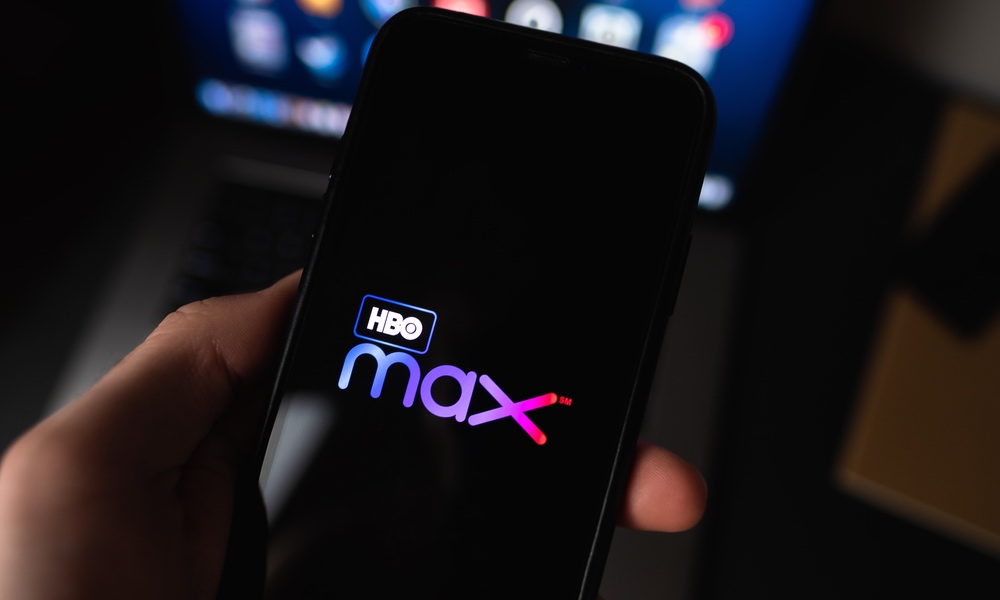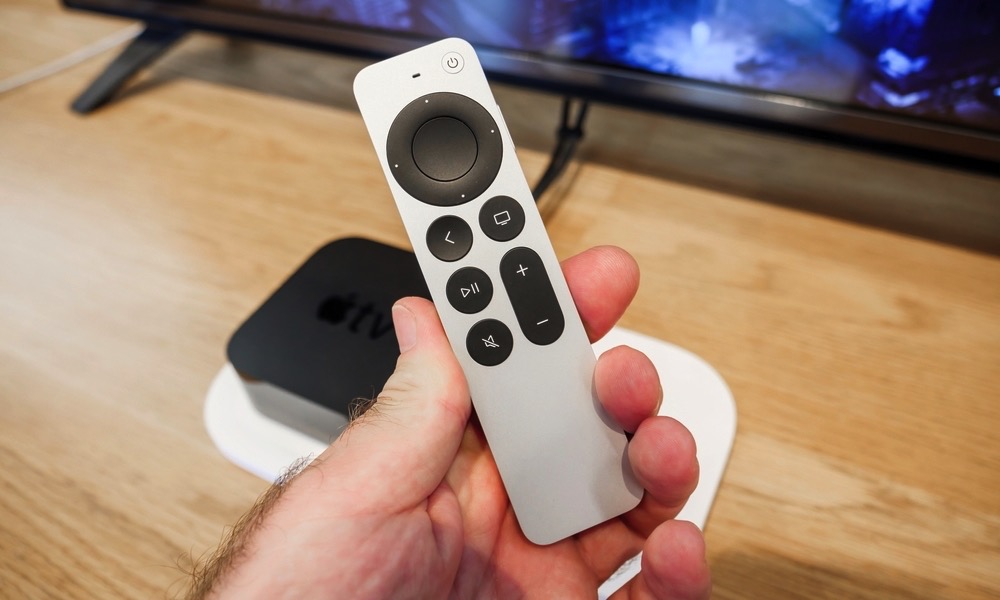HBO Max Is Now Just ‘Max’ — And It’s a Horrible Experience for Apple TV Users
 Credit: nikkimeel / Shutterstock
Credit: nikkimeel / Shutterstock
Toggle Dark Mode
A few weeks ago, Warner Bros. Discovery announced that it would be rebooting the popular HBO Max service as just “Max” to better reflect the broader availability of content stemming from its new partnership. With the addition of Discovery to the mix, it’s not just about HBO anymore.
Max officially launched today with a new set of mobile and smart TV apps that have been rebuilt from the ground up. While there’s a lot to like in the new apps, including some significant improvements to offline downloads, it’s not all sunshine and roses for those in the Apple ecosystem.
Although HBO content still gets center stage, Max is chocked full of other stuff, including “Max Originals,” plus a selection of other Warner Bros. TV shows and movies, including material from the DC Universe, Cartoon Network, and Looney Tunes, to name a few, plus Discovery brand favorites such as the eponymous Discovery channel, plus HGTV, the Food Network, TLC, and more.
As great as the new array of content is, it seems that Warner Bros. Discovery has decided to go down a less popular road with its tvOS app, creating an experience that doesn’t integrate into Apple’s set-top box nearly as well as the previous HBO Max app.
Most significantly, Max has rolled its own custom media player rather than using the one built into tvOS, leaving viewers without many of the user interface elements they’ve become accustomed to.
For instance, the navigation experience is noticeably different. The jog-wheel mode of the Siri Remote doesn’t function at all, so users will need to swipe left or right to scrub through a show. There’s no Siri support for skipping forward or backward or adjusting to a specific position. This also extends to other Siri features like asking “What did he/she say” to quickly skip back a few seconds and temporarily turn on closed captioning.
Along the same lines, there’s also no support for system-wide accessibility shortcuts for doing things like turning on closed captioning. While Max shows do support captions, you’ll need to dig through the menus to toggle them on or off, which isn’t nearly as quick and easy as using this handy accessibility shortcut on your Siri Remote.
What’s even more unfortunate is that by abandoning the native tvOS player, Max also loses support for the system-wide accessibility features that make the Apple TV one of the best set-top boxes on the market for people with disabilities.
For instance, the Apple TV Accessibility settings let you customize sizes, colors, and fonts for subtitles to make them easier to read. You can also set the Apple TV to dim flashing lights and reduce loud sounds. Apps that use the player built into tvOS inherit all these features.
This is such an essential set of features that even Netflix has gotten with the program, despite being one of the staunchest holdouts in supporting other Apple TV features such as AirPlay and Apple’s TV app.
HBO Max and the Apple TV
What makes this even worse is that it’s not the first time this has happened. When HBO rebranded as HBO Max two years ago, leaving the Apple TV Channels service in the process, it released a new version of the HBO Max app that switched to a custom player, degrading the user experience significantly.
Apple fans quickly and vocally pushed back against the change, resulting in HBO Max head Andy Forssell apologizing on Twitter and announcing the native player would be making a return.
Less than 24 hours after Forssell’s tweet, the company officially announced it had “missed the mark” and released an update “restoring the native tvOS playback experience” that users “know and love.”
Sadly, though, it appears the company hasn’t learned from that mistake. Maybe it seems to think it can do better with its own custom player this time, but the feedback thus far shows that it’s once again missed the mark by a wide margin.
As several folks have reported on Reddit, the custom player doesn’t even properly support Dolby Vision or Dolby Atmos content, despite the service having a wealth of movies in those higher-quality formats. Not surprisingly, Apple’s Match Dynamic Range and Match Frame Rate features don’t work either.
While Max would have automatically inherited all these features by embracing the native tvOS player, Dolby Vision and Dolby Atmos are things they could have — and should have — rolled into their custom player if they were going to build one at all.
In fact, the custom player is so bad that some have speculated that Max may have simply reverted to the one it built — and abandoned — two years ago.
However, this time around, the new Max app has added one other significant omission to the mix. Despite saying two years ago that it remained committed to integrating with Apple’s TV app for surfacing and discovering content and including it in the unified “Up Next” queue, the new Max appears to have taken the wrong page out of Netflix’s book, and chosen to go it on its own.
The bottom line is that the new Max app for the Apple TV is a horrible regression in functionality. The only glimmer of hope is that this may be nothing more than a colossal blunder on the part of Warner Bros. Discovery in launching the new app. The company hasn’t commented at all on any of these issues, so there’s a possibility that it could roll the native player back in as part of a future update, much like it did in 2021.








